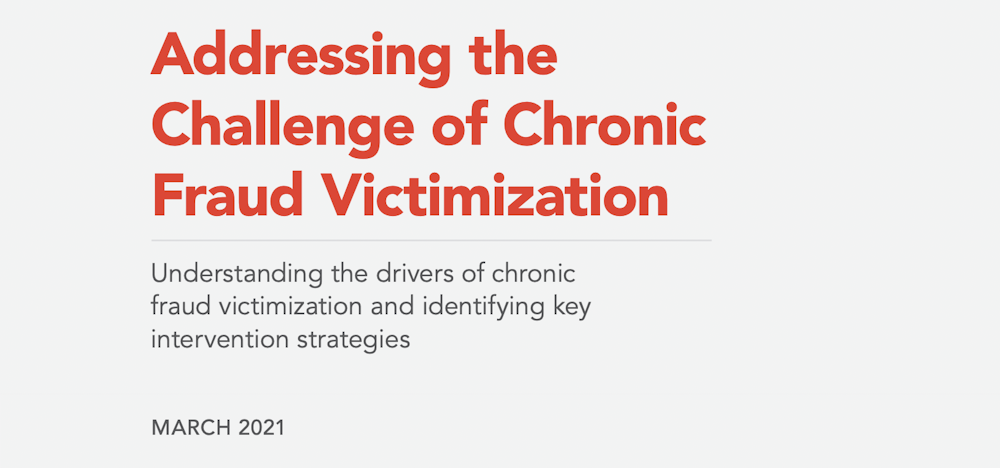In 2020, scams robbed people of $19.7 billion, according to an online survey—so who do scammers target and why?
While the Federal Trade Commission (FTC) estimates one in every 10 U.S. adults will fall victim to a scam victim at some point in their lives, each demographic contributes differently to these statistics. Researchers have recently zeroed in on a subset of scam sufferers called “chronic victims.” The group, unfortunately, contributes more than most to overall scamming losses, falling for two, three, or even more frauds in their lifetime.
But what makes someone more likely to keep participating in these questionable scenarios?
A 2021 study conducted by the American Association of Retired Persons (AARP) and the Financial Industry Regulation Authority (FINRA) Investor Education Foundation looked into the question, unearthing some common traits of those most likely to be at risk of chronic victimhood.
The most significant unifying aspect among victims recovered by the research was “more intense emotional swings.” Whether the scammed party in question was hoping to make money or find the love of their life, he or she started by trying to fill a void, which the person may have felt more keenly than others.
Once the scam was exposed, the report goes on, that victim felt even more pain and despair, a mental state that would leave them more vulnerable to future scamming attempts.
Another common theme among chronic victims was the markers of cognitive decline, the report states. Especially among older populations, signs of mental conditions such as Alzheimer’s were closely linked to an increased likelihood of falling for multiple scams.
And yet another common marker of vulnerability was loneliness or the lack of a strong support network, the report found.
According to the study, one problem is that a scammer may work to earn the trust of a would-be victim—an incredibly potent tactic if the victim is already isolated. Once the person is at the point of trusting the scammer more than friends or family, it’s doubtful they’ll realize a scam is in play. He or she may be far more likely to continue giving money or information to the scammer, regardless of any previous red flags or concerns.
Still, it’s not all doom and gloom.
The report goes on to name several key initiatives working to help reduce the number of scam victims.
One crucial effort involves recruiting community members who are often on the receiving end of people’s musings and misgivings, such as:
- Bartenders
- Beauticians
- Clergy members
The thinking goes, if these community members can recognize the signs of a scam, they may be able to help direct the victim to help before it’s too late.
Other initiatives are set up to help battle the loneliness epidemic affecting so many chronic scam victims. Chief among these in the U.S. is The Villages, which helps older people strengthen their connection to their community through several volunteer programs.
Still, the report concludes that the biggest help of all may come from a would-be victim’s family. Though the victim may not always cooperate or offer up information, their family members are the best positioned to see a change in their behavior and continue imploring them to get help, according to the report.
Especially in the internet world, scamming attempts are inevitable, but they don’t have to be successful. If you think someone you love has gotten scammed, you can call the AARP’s toll-free helpline at 877-908-3360.



Comments